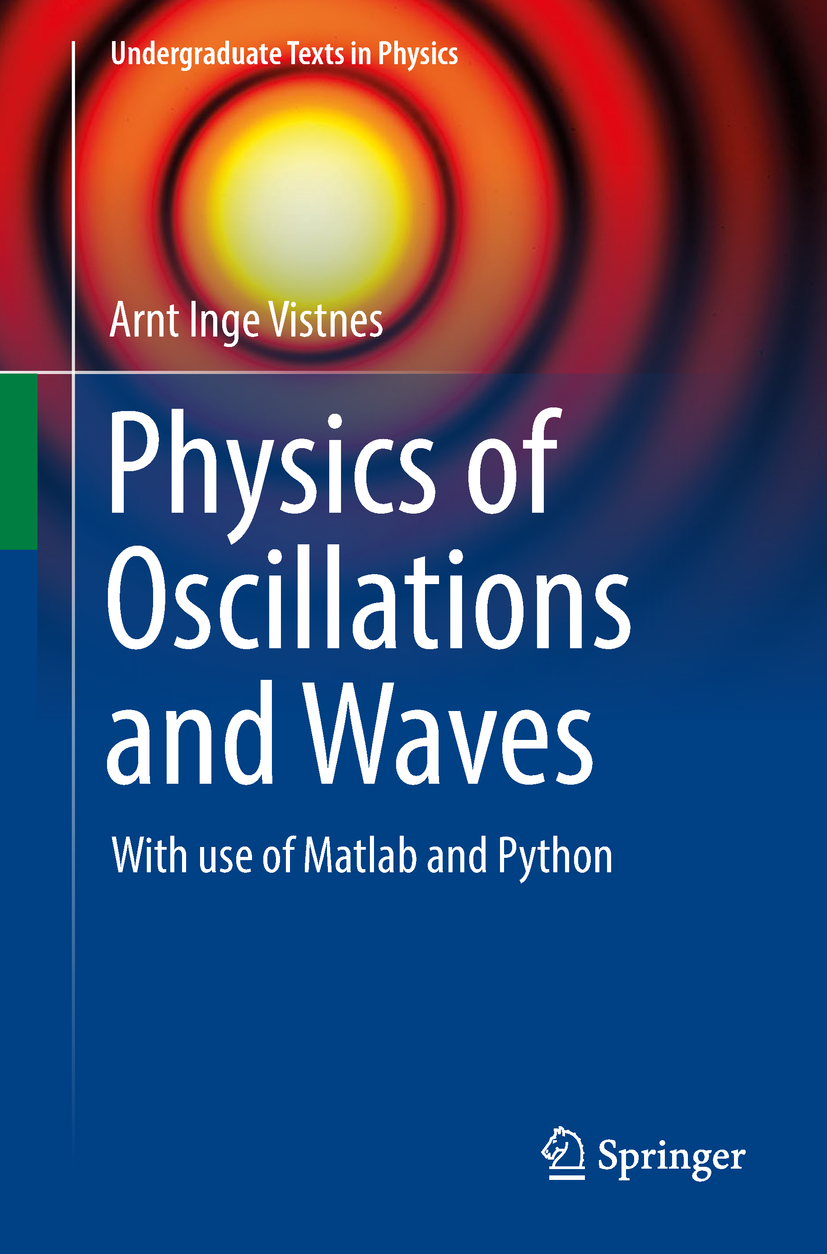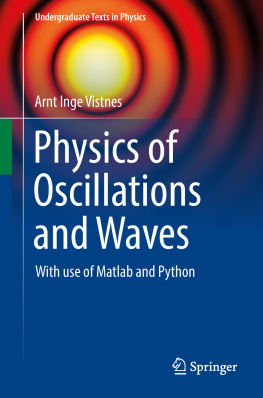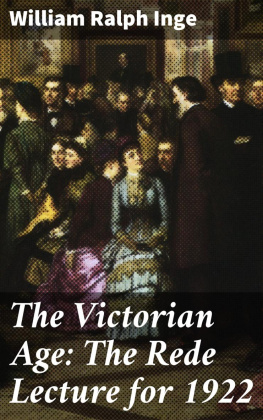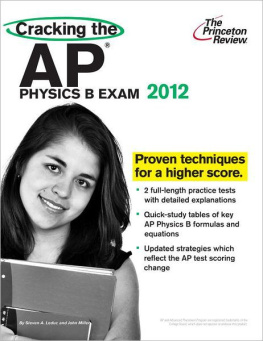Arnt Inge Vistnes - Physics of Oscillations and Waves
Here you can read online Arnt Inge Vistnes - Physics of Oscillations and Waves full text of the book (entire story) in english for free. Download pdf and epub, get meaning, cover and reviews about this ebook. year: 0, publisher: Springer International Publishing, genre: Children. Description of the work, (preface) as well as reviews are available. Best literature library LitArk.com created for fans of good reading and offers a wide selection of genres:
Romance novel
Science fiction
Adventure
Detective
Science
History
Home and family
Prose
Art
Politics
Computer
Non-fiction
Religion
Business
Children
Humor
Choose a favorite category and find really read worthwhile books. Enjoy immersion in the world of imagination, feel the emotions of the characters or learn something new for yourself, make an fascinating discovery.
- Book:Physics of Oscillations and Waves
- Author:
- Publisher:Springer International Publishing
- Genre:
- Year:0
- Rating:4 / 5
- Favourites:Add to favourites
- Your mark:
- 80
- 1
- 2
- 3
- 4
- 5
Physics of Oscillations and Waves: summary, description and annotation
We offer to read an annotation, description, summary or preface (depends on what the author of the book "Physics of Oscillations and Waves" wrote himself). If you haven't found the necessary information about the book — write in the comments, we will try to find it.
Physics of Oscillations and Waves — read online for free the complete book (whole text) full work
Below is the text of the book, divided by pages. System saving the place of the last page read, allows you to conveniently read the book "Physics of Oscillations and Waves" online for free, without having to search again every time where you left off. Put a bookmark, and you can go to the page where you finished reading at any time.
Font size:
Interval:
Bookmark:

Undergraduate Texts in Physics (UTP) publishes authoritative texts covering topics encountered in a physics undergraduate syllabus. Each title in the series is suitable as an adopted text for undergraduate courses, typically containing practice problems, worked examples, chapter summaries, and suggestions for further reading. UTP titles should provide an exceptionally clear and concise treatment of a subject at undergraduate level, usually based on a successful lecture course. Core and elective subjects are considered for inclusion in UTP.
UTP books will be ideal candidates for course adoption, providing lecturers with a firm basis for development of lecture series, and students with an essential reference for their studies and beyond.
More information about this series at http://www.springer.com/series/15593

This Springer imprint is published by the registered company Springer Nature Switzerland AG
The registered company address is: Gewerbestrasse 11, 6330 Cham, Switzerland
To
Kirsten
Ingunn, Torunn, Maria
with families
The University of Oslo in Norway is one of the first universities to introduce numerical methods as an integral part of almost all mathematically oriented courses for science students (first attempts started in 1997). This created the need for textbooks in physics covering all the topics included in the syllabus. There were many textbooks on oscillations and waves on the market, but none adhered well with the learning objectives we adopted.
The Norwegian version of this book was originally written in 2008 for use in the course FYS2130 Svingninger og blger (Oscillations and Waves) and has undergone many revisions and expansions since then. The course is given in the fourth semester to students enrolled in the Department of Physics at the University of Oslo. These students have taken courses in Python programming, classical mechanics and electromagnetism, but have had limited education in oscillations and wave phenomena.
In the present book, I have mostly adhered to traditional descriptions of the phenomena; however, I have also tried to point towards potential limitations of such descriptions. When appropriate, analogies between different phenomena are drawn.
The formalism and phenomena are treated quite differently from section to section. Some sections provide only qualitative descriptions and thus only a superficial or introductory understanding of the topics while other sections are more mathematical and demanding. Occasionally, the mathematical derivations are not essential to understand the material, but are included to show the connection between basic physical laws and the phenomena discussed in the text.
Principles from numerical methods are employed as they permit us to handle more realistic problems than pure analytical mathematics alone, and they facilitate to obtain a deeper understanding of some phenomena.
Program codes are given, ready to use, and is a tool for further exploration of the phenomena that are covered. Our experience from teaching this topic to students over years is that, numerical methods based on hands-on computer code development expand the experimental attitude and facilitate the learning process.
We try in this book to emphasize how so-called algorithmic thinking can improve understanding. As a personal example, the algorithm for calculating how a wave evolves over time has given me a much deeper understanding of the wave phenomena than by working with analytical mathematics over years. Another example is the realization that all variants of classical interference and diffraction can be calculated using a single computer program, demonstrating not only that numerical methods are powerful, but also that the underlying physical mechanism is identical in all these cases.
We have made an effort to ensure a logical and reader-friendly structure of the book. Especially important parts of the core material in the text are marked by coloured background, and various examples show how the core material can be used in different contexts. Supplementary information and comments are given in small print. Learning objectives point to the most important sections of each chapter. Most of the chapters include suggestions to further reading.
There are three types of exercises in the book. The first type of exercise consists of a list of concepts in each chapter that can be used by students in various ways for active learning. Thereafter follow comprehension/discussion questions and more regular problems often including calculations. Best learning outcome is achieved by trying all the three types of tasks, including oral discussions when working with understanding concepts and the comprehension/discussion questions. The problems used in the exercises are taken from daily life experiences, in order to demonstrate how physics is relevant in many aspects of our everyday life.
Font size:
Interval:
Bookmark:
Similar books «Physics of Oscillations and Waves»
Look at similar books to Physics of Oscillations and Waves. We have selected literature similar in name and meaning in the hope of providing readers with more options to find new, interesting, not yet read works.
Discussion, reviews of the book Physics of Oscillations and Waves and just readers' own opinions. Leave your comments, write what you think about the work, its meaning or the main characters. Specify what exactly you liked and what you didn't like, and why you think so.







